Free child care exists in America — if you cross paths with the right philanthropist
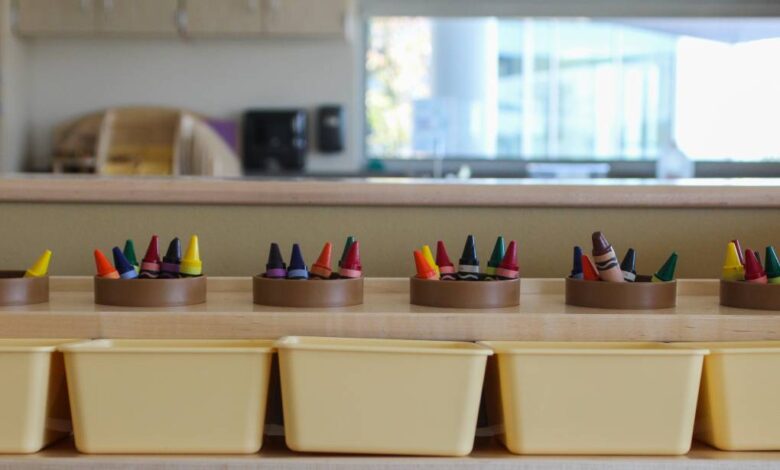
The early learning center, located in a town that engenders Willy Wonka vibes with street names like “Chocolate Avenue,” street lights shaped like Hershey’s Kisses and a faint scent of sweetness that wafts through the air, is one of the most recent examples of billionaires launching child care programs.
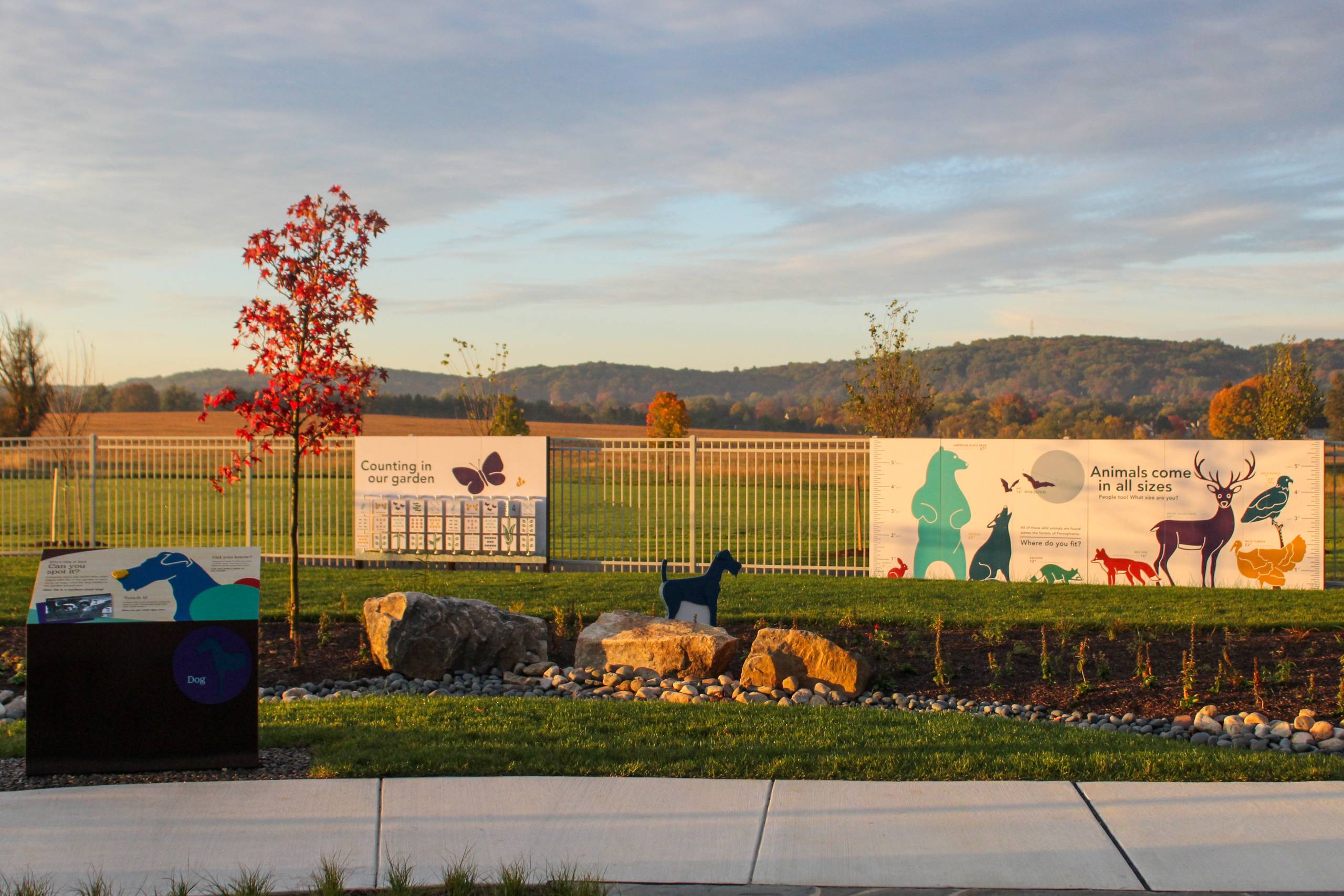
Similar efforts to provide free early care and learning are sprinkled throughout the country, including “Montessori-inspired” preschools in six states funded by Amazon founder and CEO Jeff Bezos, as well as several programs sponsored by hotel magnate Harris Rosen in Orlando, Florida. In Pennsylvania, the Hershey early learning program is one of what will ultimately be six free early childhood education centers around Pennsylvania, at a cost of $350 million, funded by the Milton Hershey School Trust. (Catherine Hershey Schools are a subsidiary of the Hershey-based residential Milton Hershey School.)
In a country with exorbitantly priced child care and a lack of available, high-quality options, initiatives like these provide a new opportunity to see the effect that free or heavily subsidized high-quality child care — something that is already the norm in many other wealthy, developed nations — could have in America. The fact that robust federal child care funding legislation has repeatedly been killed by legislators means that foundation funding may be among the few — and the fastest — ways to launch and test certain programs or approaches to the early years.
The hope is that ultimately, private investment will help a community “invest in something and push it forward and … help it move to the point where it gets public attention,” as well as public funds, said Rena Large, program manager at the Early Childhood Funders Collaborative (ECFC), an organization that helps philanthropists invest in the early years.
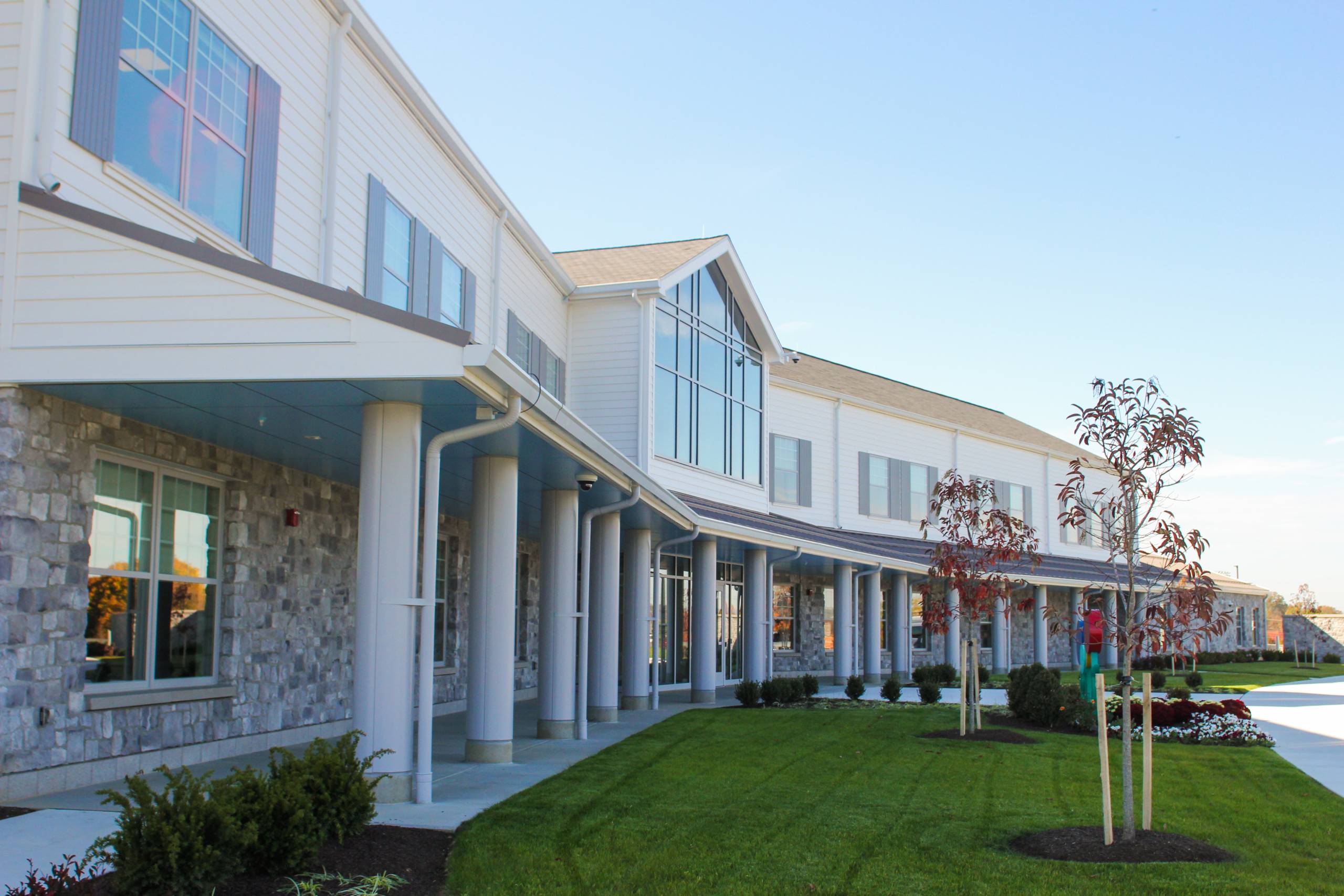
In the past few years, private foundations have taken on an outsized role in early learning programs and systems, funding initiatives that raise staff compensation, support existing or new programs and provide emergency funds. Nationwide, the amount of grants aimed at early childhood has increased significantly, from $720.8 million between 2013 and 2015, to $1 billion between 2021 and 2023, according to data compiled by the collaborative from the nonprofit Candid’s philanthropy database. (Data is self-reported and categorized by funders.)
At the same time, philanthropic involvement in education overall, including in early learning, raises questions around best practices. Are philanthropists adequately considering the needs of communities? Are philanthropies listening to research and experts as they go forth and create? Should philanthropies reinvent the wheel or invest in what already exists?
Hershey’s latest endeavor came from a clear community need identified by officials at the early childhood center. In Hershey — a community about 95 miles west of Philadelphia — and surrounding areas, child care is scarce and poverty is high. Over the past decade, teachers at the nearby Milton Hershey School, a private K-12 boarding school, noticed their youngest students were coming in markedly behind previous cohorts.
“The needs of the children enrolling at 4 and 5 and 6 were more pronounced than they ever were before,” said Pete Gurt, president of the Milton Hershey School and Catherine Hershey Schools. They needed more support with social and emotional, academic, language and even life skills, like potty training.
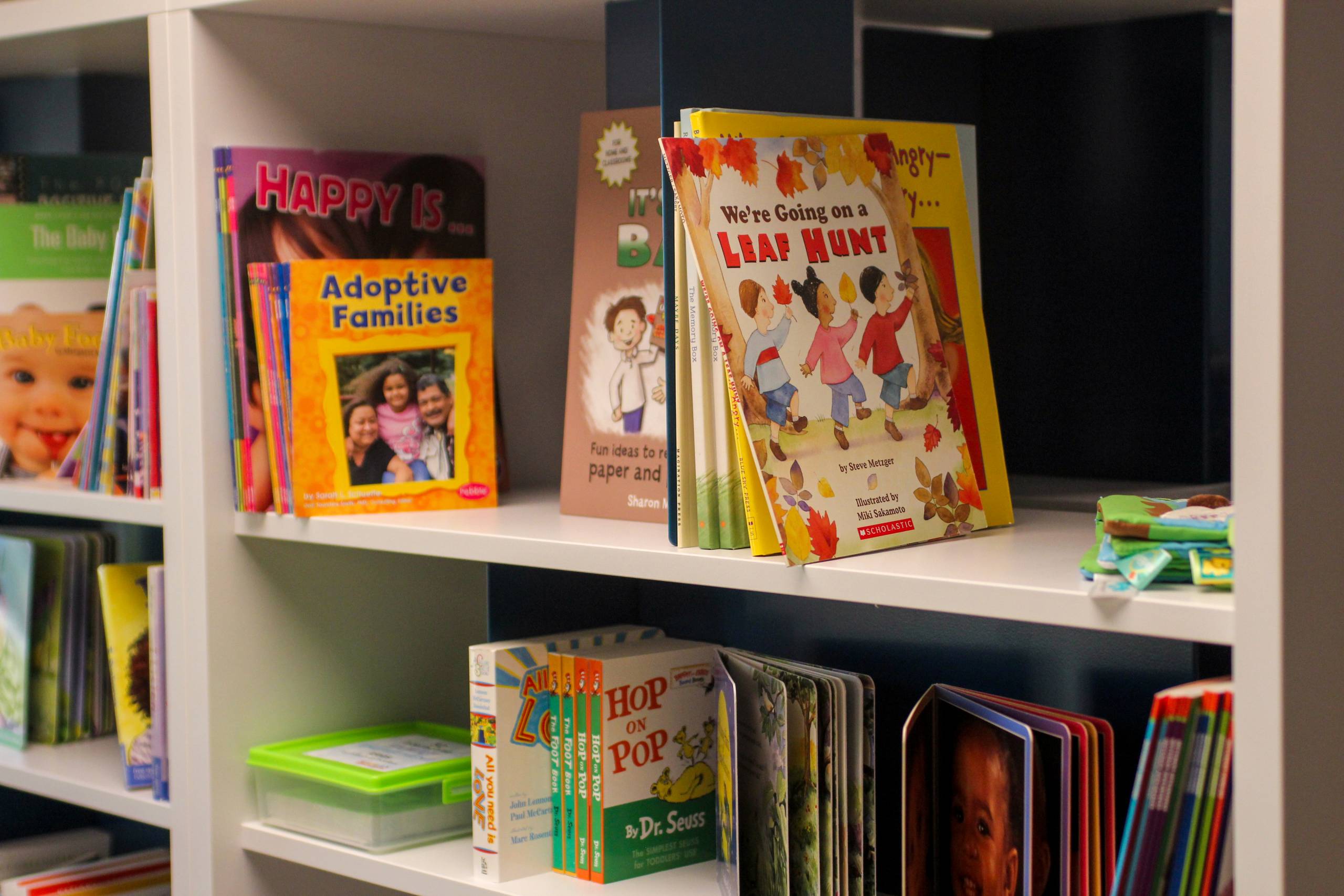
When I visited the Catherine Hershey program in October, friends and colleagues delighted in the idea of chocolate billionaires funding child care:
“Do they give them chocolate all day long?” (No, they do not.)
“I hope they give them dental screenings, ha.” (They do, for free.)
“Is it secretly a training pipeline for future Hershey employees?” (Not that I could tell, although officials from Hershey’s hospitality division were in the school’s lobby one morning to provide career information for parents.)
In addition to the trained educators, low ratios and research-based curricula, the Catherine Hershey Schools offer free transportation to its building, free diapers and wipes in classrooms, occupational and speech therapy, an in-house nurse, community partnerships, a parent resource center with individual parent coaches, external evaluators and an in-house researcher from the University of Pittsburgh who is tracking the school’s outcomes to see if all of this is working.
I was mostly curious to see if free child care is as life-changing as many early childhood experts think it could be in America, especially for low-income families — Hershey sets income limits for families at 300% of the federal poverty level, or $77,460 for a family of three.
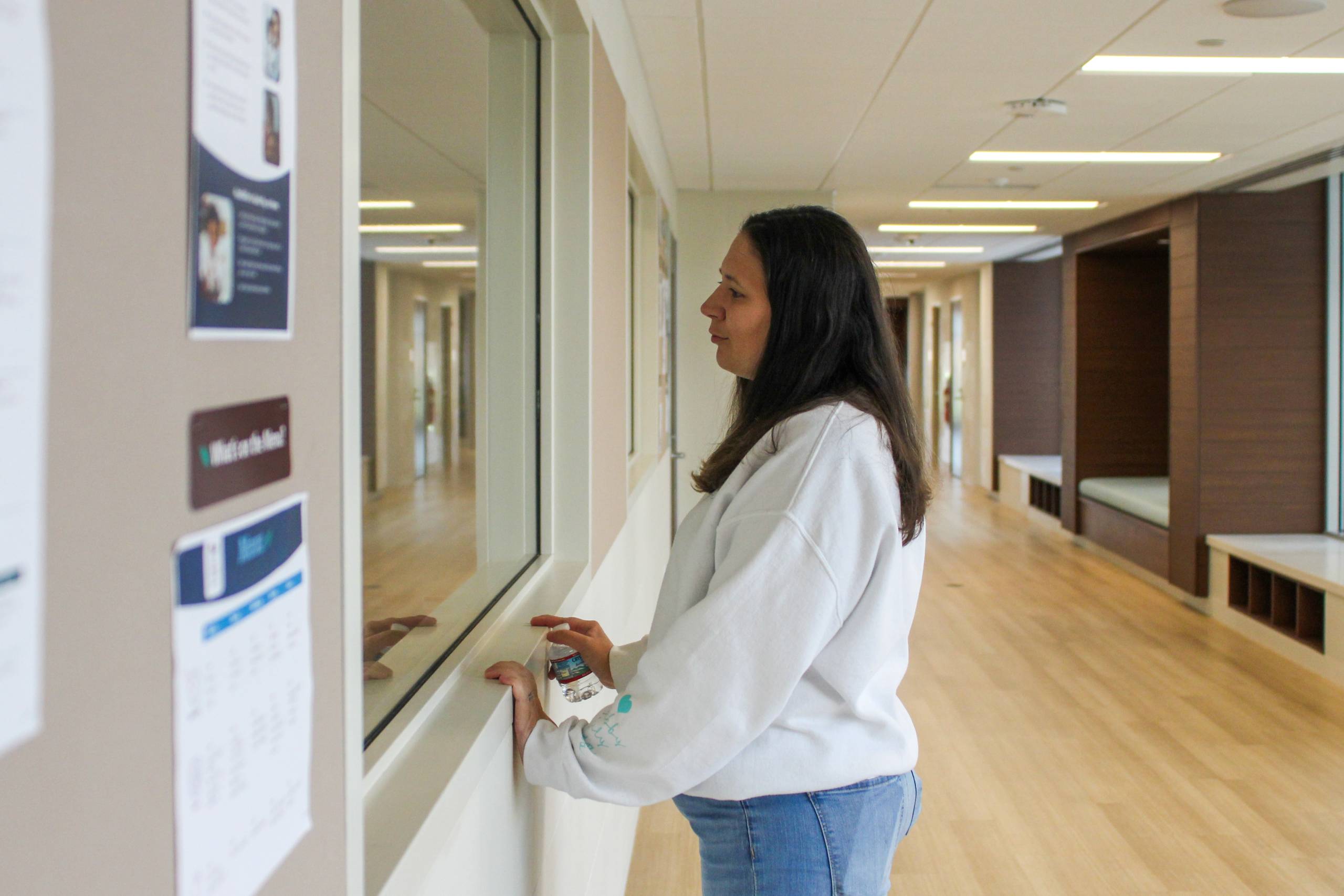
Nearly two weeks after the first center launched, I met with Tracey Orellana, the mother of two toddlers at the school. Orellana was delivering packages for Amazon one day when she saw the early learning center, then under construction. She had been considering putting her two youngest children in child care so her husband, who works nights, could rest during the day while she was out working. The potential to get free child care made the decision a no-brainer.
“We were juggling. We were juggling so much,” said Orellana, who also has two school-age daughters. At the time, the family had incurred a mountain of debt and was struggling to afford basic needs like groceries. Now that the toddlers are in child care at no cost to their family, Orellana has been able to increase her work hours to full time, adding to her income and stability. The family is now able to afford food and has almost caught up with bills.
The school “provides the opportunity to build a life for our kids and keep them out of whatever the situation may be, streets, poverty, keep them clothed, keep them fed, keep the electric on, the heat on,” she said. Her daughters also have opportunities they wouldn’t have at home, Orellana added, such as getting to ride bikes, play games and make new friends.
“It gives them a childhood,” Orellana said.
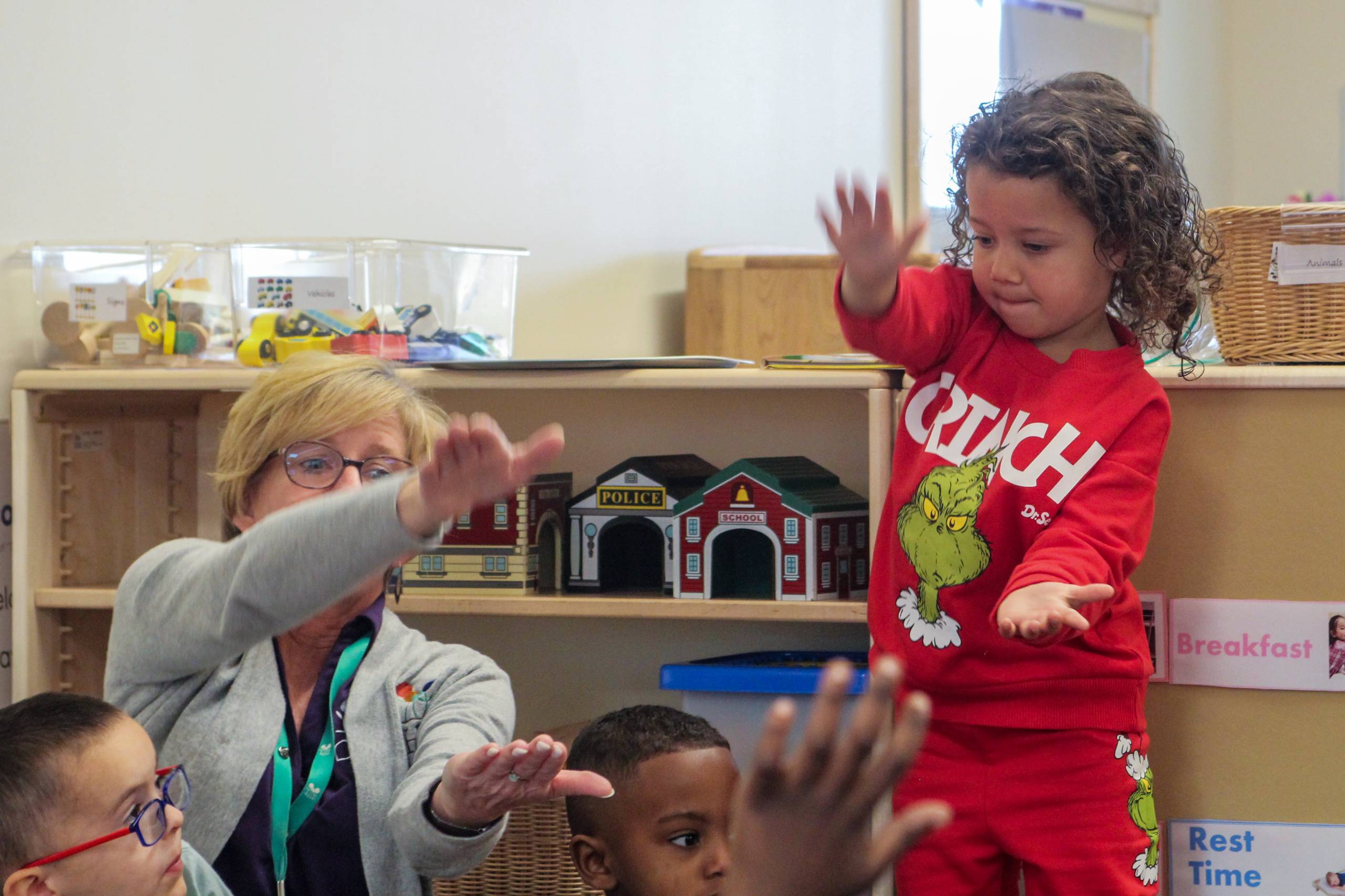
Other parents say they’ve been able to access a higher quality of care for their children now that money isn’t a factor. Allyson Anderson, the single mother of a preschooler, said previous child care programs her daughter ended up in were mediocre. But she had few other options.
Downstairs in a classroom for preschoolers, I watched 3-year-old Lilah, who was hard to miss in a bright red jumpsuit featuring one of her favorite characters (at that moment), the Grinch.
“Did you hear what happened to me this morning?” one of the teachers asked the children who sat, riveted, in front of her for morning circle time. “I woke up and I came downstairs and guess what?”
“What?” a child asked.
“My dog had chewed one of my shoes!”
Several children gasped.
“I was so upset because they’re my favorite shoes. So, I started crying. Then I was so mad at my dog, and I started yelling. Do you think I made a very good choice?”
“No,” the children said in low, disappointed voices.
“What do you think I should have done?”
“Take a deep breath,” one child suggested. The teacher nodded.
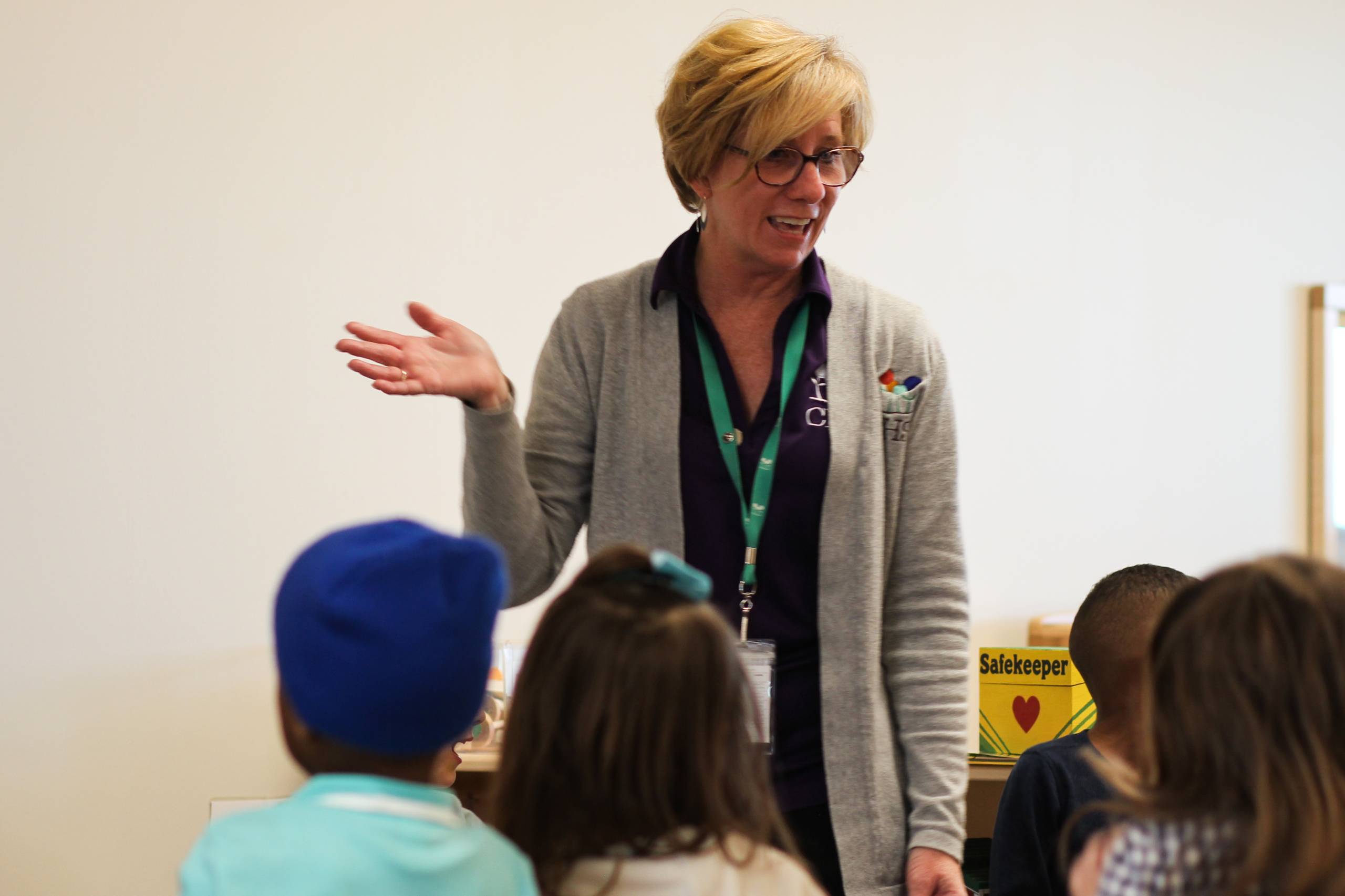
While philanthropically-funded programs can benefit those lucky enough to access them, without receiving public funds or partnering with others to expand, experts caution that the reach of these programs will be limited and exist only in areas with willing funders.
Senate Alexander, executive director of Catherine Hershey Schools for Early Learning, said he hopes the centers will ultimately become a model that can be replicated — once the program has the data to show it’s working to improve kindergarten readiness skills and outcomes for families.
“We thought about not wanting to fan out too far and too fast, we’re just starting this,” he said. “We want to get it right … we want to perfect the model.”
While Hershey’s funding is limited in scope to programs within the state of Pennsylvania, Alexander said replicating the model in its entirety in other parts of the country is not out of the question. That could bring free childcare and extensive resources to more children. All it will take are a few more willing billionaires.



